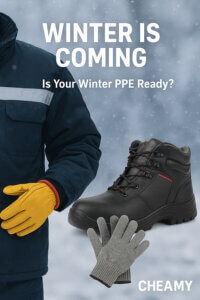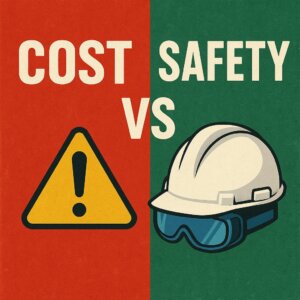Carabiners are the critical link in personal fall arrest systems. This guide compares auto-locking, D-rings, O-rings, and screw-lock carabiners, decoding their designs, compliance standards, and best-use scenarios for safer high-altitude operations.
1. Key Types & Standards
A. Auto-Locking Carabiners (e.g., Delta 508014)
- Design: Spring-loaded gate with 17–18 mm opening, forged aluminum/zinc alloy.
- Standard: EN 362 (connectors), static load ≥15 kN, 48-hour salt spray resistance.
- Use: Quick connections between harnesses and anchor points (construction, firefighting).
B. D-Ring Carabiners
- Types:
- Lightweight: Magnesium-aluminum alloy, ≥27 kN breaking strength (closed).
- General: Stainless steel, compliant with XF494-2004 (firefighting) or EN 362 + EN 795 (industrial).
- Application: Rescue systems, steel structure anchoring.
C. O-Ring Carabiners
- Features: Smooth, rounded edges for rope compatibility.
- Standard: EN 362 dynamic testing; NFPA 1983-certified models (breaking force ≥40 kN).
D. Screw-Lock Carabiners (e.g., Petzl 9684)
- Design: Triple-action locking mechanism, anodized aluminum.
- Standard: EN 362 (≥22 kN static load), ideal for offshore/chemical environments.

2. How to Choose Compliant Carabiners
- Certification:
- Mandatory CE + EN 362 marking for EU markets.
- Firefighting models require XF494-2004 dynamic drop tests.
- Material Matters:
- Marine environments: Stainless steel or hot-dip galvanized steel.
- Frequent use: Auto-locking/screw-lock designs prevent accidental gate opening.
- Load Limits:
- Verify breaking strength (≥27 kN for basic use; ≥40 kN for heavy loads).
- Match gate opening to anchor size (e.g., ≥8 mm for wire ropes).
3. Common Mistakes & Maintenance
- Myth 1: Using positioning D-rings (hip-mounted) for fall arrest—always connect to back D-rings.
- Myth 2: Reusing carabiners post-fall—discard after single-impact events.
- Maintenance: Annual inspections, clean with mild soap, and avoid UV exposure.
Customized fall protection plans: Get a free on-site assessment.








